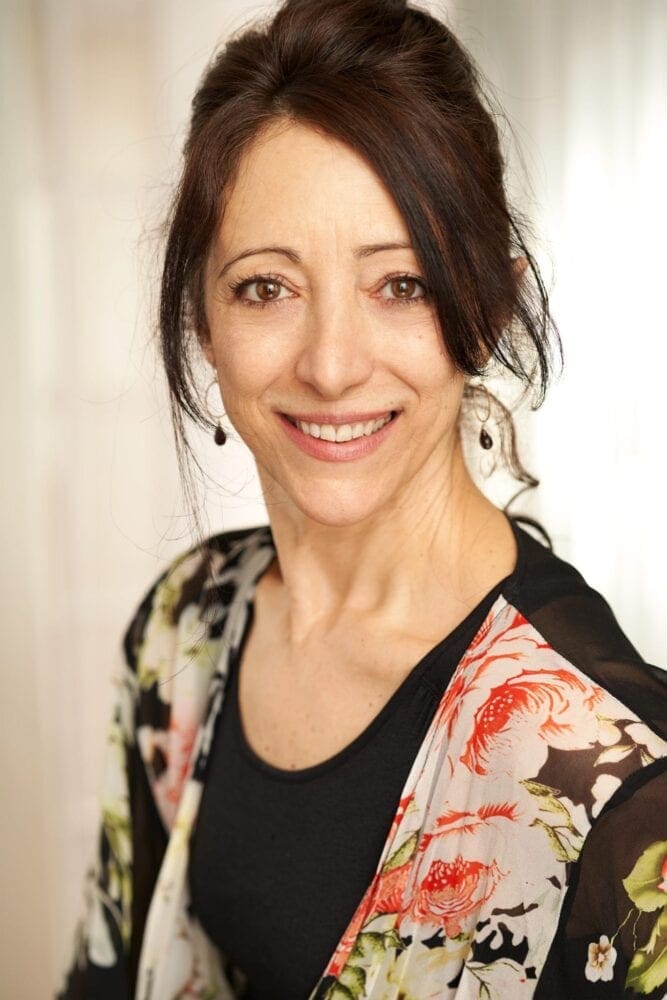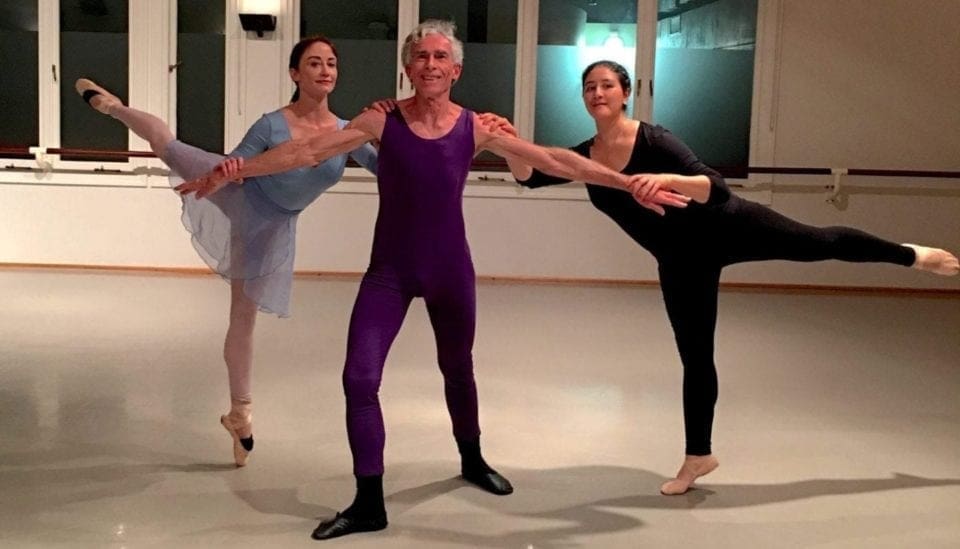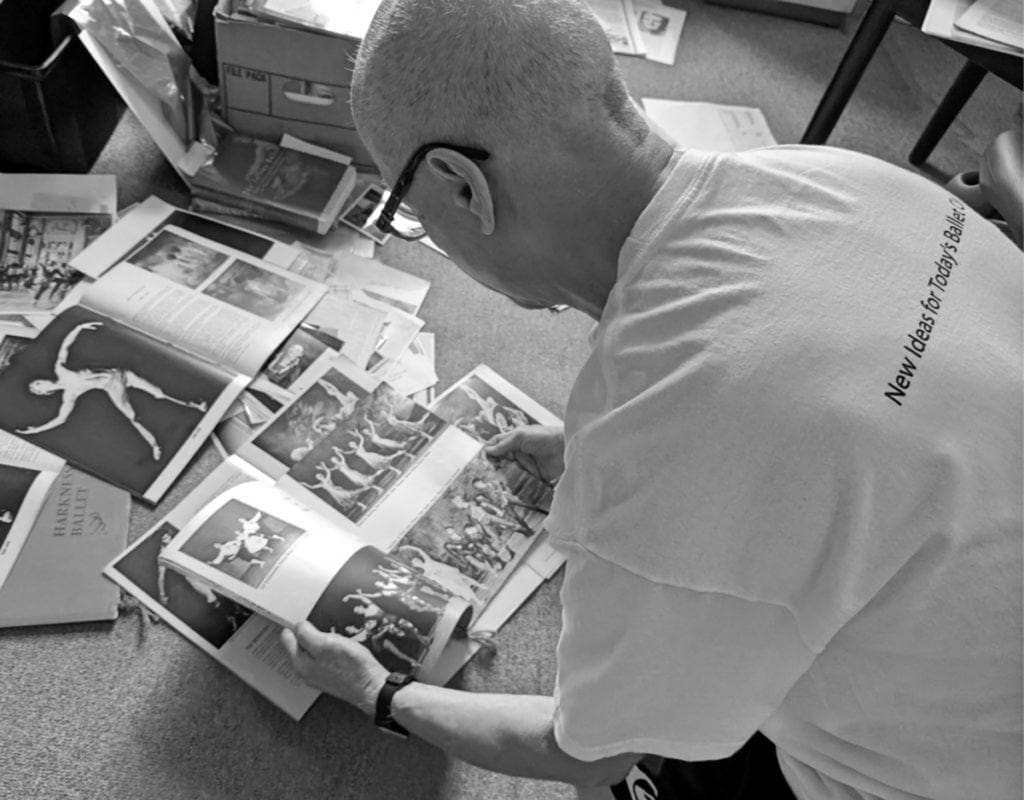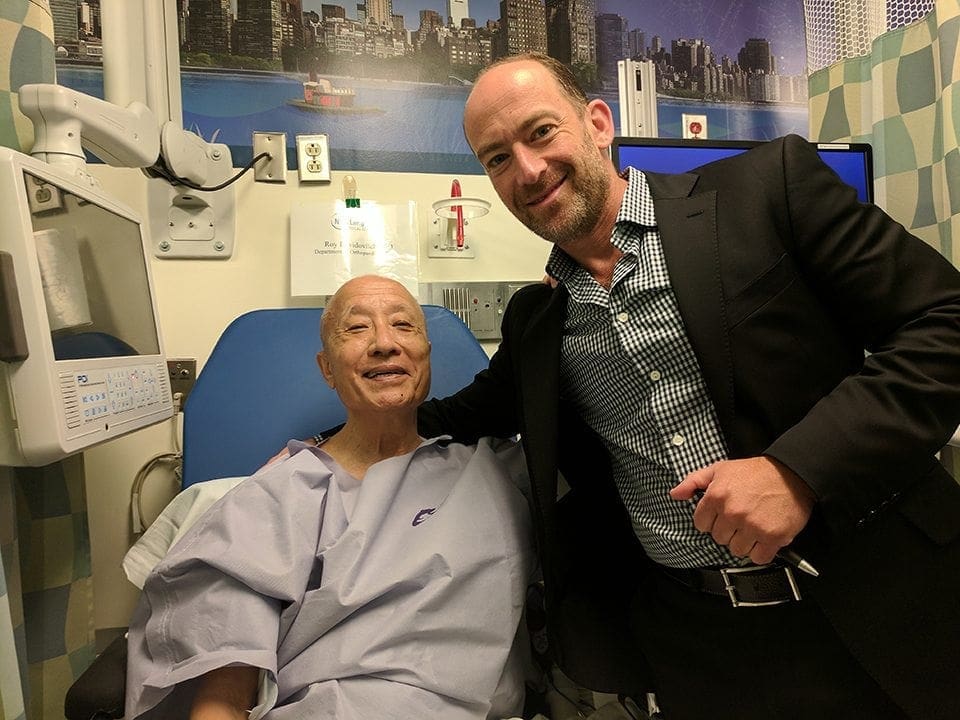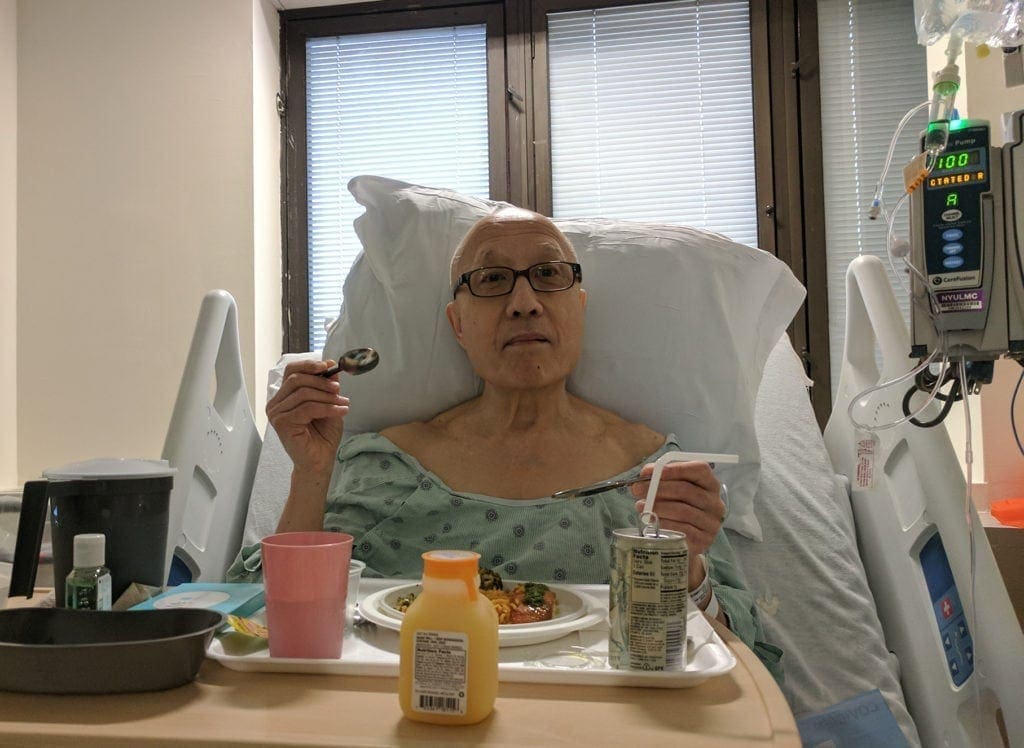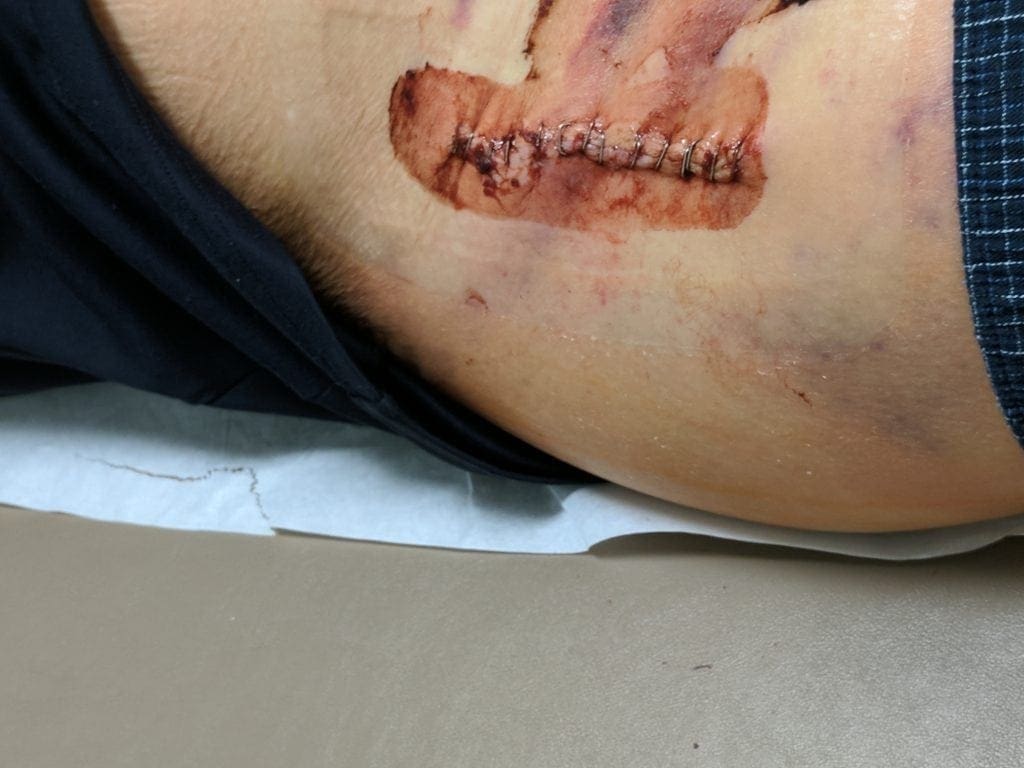In July, at age eighty, I make the BIG DECISION. I will have my severely arthritic right hip replaced. I’ve been putting if off for years, but have finally accepted the fact that the leg is too unstable and getting weaker by the day. What hurts most is not the muscular pain and limited movement, but that after forty-five years of teaching, I no longer have the strength in my right leg to demonstrate full-out. And remember, I’m the guy who has always said “To dance is to live.” Ouch.
Luckily, my personal physician is Dr. Alan Kadet, who only refers his patients to top-tier specialists. His wife, Cindy, had her hip replaced in 2016 by Dr. Roy Davidovitch, Director of the Hip Center at NYU Langone in New York City. Dr. Davidovitch was the first surgeon in New York City to perform the minimally invasive (MIS) Anterior Approach Total Hip Replacement and has since successfully performed hundreds of these procedures.
Unlike other approaches to the hip, the Anterior Hip Replacement is truly a minimally invasive approach that requires a specially designed surgical table. The goal of the anterior approach total hip replacement is to return patients to their normal functional level in an accelerated fashion.
Wednesday, September 6, my son Jason and I check-in at the hospital at 5:30 a.m. The nurses in surgery greet us with huge smiles. They are so friendly and relaxing! There are nine other patients who will have surgery today.

We are all dressed in a plastic gown that has a tube attached to a heater. It’s inflated with warm air which is comforting, since the room is very cold. We are served coffee!

My vitals are taken, the anesthesiologist goes over details, and Dr. Davidovitch, the surgeon, visits with a reassuring smile.

I am taken to the operating room and placed on that special table. The next thing I know, I wake up lying in bed in a private hospital room with Jason and more smiling nurses attending me. I have absolutely no discomfort or pain. In fact, I’m hungry. Lunch is baked salmon on spinach with fruit for desert, and coffee and water. It’s all surprisingly delicious for hospital food!

That night at 8 p.m. Jason brings me home. I am wearing inflatable sleeves over my calf muscles which increase the speed of blood flow and reduce the risk of clot formations. I will wear these sleeves that constantly compress and release at least eighteen hours each day for the next fourteen days. Whenever I walk about I will wear the ActiveCare control device that weighs 1.6 pounds. When I’m stationary, I take off the devices, and plug them into outlets for charging. When I rise from working on my memoir at the computer, I often forget I’m wired in and begin walking out of the room until I am abruptly jerked back by the calf device cables.
On the second day after surgery, there is hardly any swelling and I feel good enough to try some of the exercises recommended by NYU. As usual, I overdo it, and loosen the tape over the protective gauze, and blood trickles down my leg. I am momentarily alarmed, but that drainage is natural after surgery.
The next day, Jason takes me to the doctor’s office where his assistant adds another layer of gauze and, she attaches a PICO device. Besides the long cables for the calf pumps, now I also have a small wire coming out of the protective gauze which is connected to a miniature unit with a long cord that is battery-operated.
For the next five days, I will be wired up to two different devices day and night.
Four days later, I return to the office where Dr. Davidovitch himself removes the PICO device, both dressings, cleans the area, puts on a new dressing, which I am to remove tomorrow. As long is it’s not draining, I will keep the incision uncovered. For the first time, I see that they really did use little metal staples to close the incision. One of my video customers, Justine Coulon, writes that her dad invented those particular staples. Small world!

The staples will be removed on Friday, September 22—seventeen days after surgery.
After this visit with Dr. Davidovitch, swelling and discoloration begin to appear in different areas of the leg each day. Somedays the thigh and knee are so swollen and tight it’s hard to bend the knee to sit.
I’ve been following a carefully prescribed program of medications, but rarely use the pain-killers like Hydrocodone or the “break-through” pills Oxycodone. Only during this past week—when the swelling made my thigh muscle painfully tight—did I take minimum doses. They don’t relax the muscles which are understandably swollen since they are healing.
What works best is to sit back in my zero gravity recliner which elevates my lower legs so they are higher than my heart and ice the swollen thigh for fifteen minutes an hour.

I seem to be in a very intense period of healing, where swelling and discoloration move up and down my right leg. I never can sleep for more than two hours at a time, because my body is cleansing.
Sleeping is a challenge since I am a side sleeper and it’s very difficult to do this with the right leg very weak and swollen, plus I have cables stemming from both knees that are always connected to the device. Last night, nine days after surgery—Saturday September 15—I finally found a comfortable sleeping position leaning back on a bed reading pillow with legs atop two body pillows and a smaller head pillow.
Since this is my first hip surgery, and each person reacts differently, each day has new challenges.
Sunday, September 16, when I awoke, the swelling and muscle tightness had lessened considerably. I did the gentle home exercises (lie on your back and flex and point the foot; bend the knee and slide the heel toward the buttocks; squeeze the buttocks together; and tighten the top of the thighs by pressing the knees into the bed) and I also walked down to the floor below and up to mine twice—a total of sixty-eight steps—using the handrail and a cane. No pain!
Monday, September 18 is the best day yet. Although my right foot is black and blue—it’s a natural healing progression—I can sit and stand and walk with minimal cane use. Jason takes me to see my intern who wants to make sure I’m not urinating excessively because of an infection.
Wednesday, September 20 Dr. Kadet informs me I don’t have a urine infection; the frequent urinations is just part of the healing process. And, today is the day I no longer have to wear the calf pumps. Off they come and away they go! Yeah!
Before lunch I go through all the home exercises and walk the stairs (17 steps) down and up three times—total 102 steps. After lunch, as usual, the swelling increases. My right foot and ankle are especially stiff and swollen, so I lie back on the recliner with legs up and ice.
At the moment, I’m sitting upright at the computer feeling no pain or discomfort. I am so glad I had this surgery and am fascinated with the recovery process.


